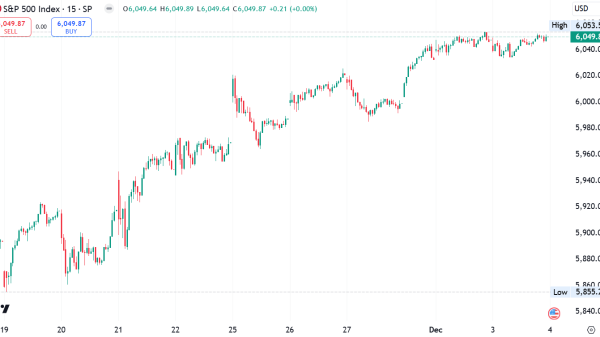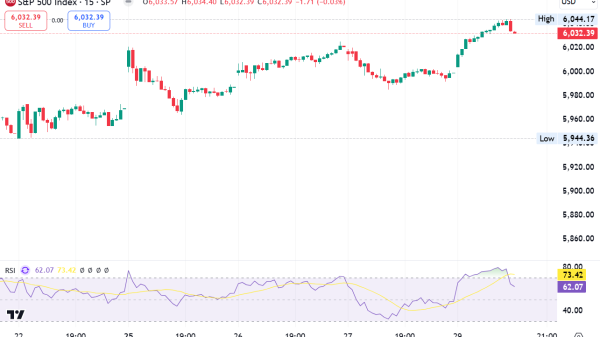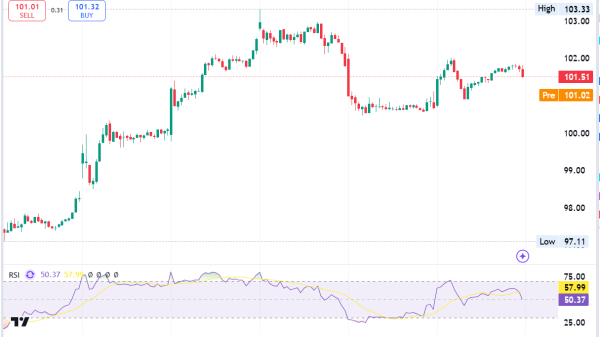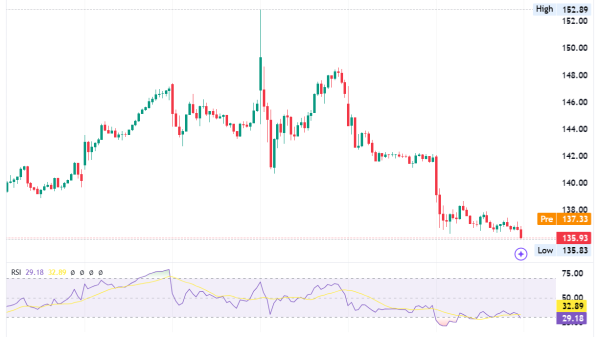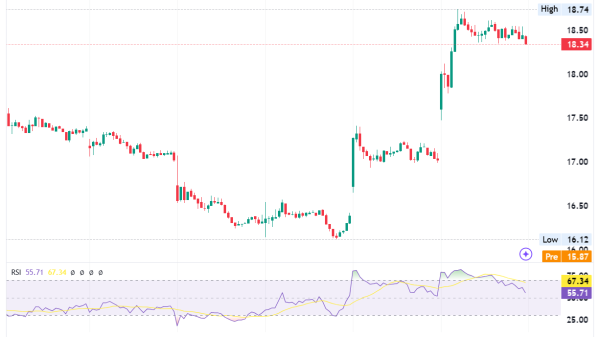Stock Trading Indexes: 400 Years of Market Highs and Lows
Stock trading has a colorful history, dating back to the 17th century when the Dutch East India Company issued the first shares on the Amsterdam Stock Exchange. This period also saw the phenomenon of “Tulip Mania” in the 1630s, where tulip bulbs were traded at astronomical prices, creating one of the first recorded speculative bubbles. When the bubble burst, it left many in financial ruin, offering early lessons in the dangers of speculative investment.
Fast forward to the late 19th century, and stock trading began to take a more structured form. In 1896, Charles Dow and Edward Jones introduced the Dow Jones Industrial Average (DJIA), one of the first stock market indexes. The DJIA started with 12 companies, including iconic names like General Electric, providing a snapshot of the industrial sector’s health.
Dow’s Journey: From 40.94 Points to Roaring Twenties
The DJIA began at a modest 40.94 points, representing key industrial sectors. Its journey through the early 20th century was marked by steady growth, punctuated by significant economic events. The 1920s, often called the Roaring Twenties, experienced rapid economic growth and surging stock prices. However, the stock market crash of 1929 shattered this exuberance and triggered the Great Depression. The DJIA plummeted nearly 90% from its peak, highlighting the market’s volatility.
Recovery was slow, and it wasn’t until the mid-1950s that the DJIA regained its pre-crash levels. This recovery underscored the importance of long-term investment and market resilience, lessons that remain relevant today.
Enter the S&P 500: Diversification is Key
While the DJIA was chugging along, another index was about to change the game. In 1957, Standard & Poor’s introduced the S&P 500, an index that included 500 of the largest companies across various industries. This broader approach provided a more comprehensive view of the market’s performance and quickly gained popularity among investors.
The S&P 500’s diversified nature made it a preferred benchmark for many, offering a more stable reflection of the overall market compared to the DJIA’s focus on industrial stocks. This index has become a critical tool for investors seeking to track market trends and gauge economic health.
1990s Nasdaq: From Internet Boom to Trillions Lost
The 1990s brought the internet revolution, leading to the rise of the Nasdaq Composite. This index, which tracks over 3,000 companies, became synonymous with the technology sector. The Nasdaq saw explosive growth during the dot-com boom, as investors poured money into tech startups with high hopes for the future.
However, this speculative fervor led to the dot-com bust in 2000-2001. The Nasdaq Composite plummeted, wiping out trillions of dollars in market value. Despite this dramatic downturn, the Nasdaq has since rebounded and continues to be a key indicator of the technology sector’s health and innovation.
Global Indices: Beyond the U.S.
Stock indexes are not confined to the United States. Globally, markets have developed their own benchmarks, each reflecting their economic landscapes. The FTSE 100 in the UK, the Nikkei 225 in Japan, and the DAX in Germany are major indices that investors worldwide watch closely.
These international indices offer insights into global economic trends and provide opportunities for diversification beyond the U.S. market. The interconnectedness of global economies means that events in one region can have ripple effects across markets worldwide, making these indices crucial for a comprehensive investment strategy.
The 2008 Financial Crisis: A Gut-Wrenching Drop
The 2008 financial crisis was a stark reminder of the stock market’s inherent volatility. Major indexes like the DJIA, S&P 500, and Nasdaq saw significant declines, with the DJIA losing more than 50% of its value from its pre-crisis peak. The crisis was triggered by the collapse of the housing market and financial institutions, leading to widespread economic turmoil.
In response, governments and central banks implemented unprecedented measures to stabilize the financial system. The crisis led to increased regulation and changes in how financial institutions operate, aiming to prevent a similar meltdown in the future.
The Recovery: A Bull Market for the Ages
Following the 2008 crash, the stock market embarked on one of the longest bull markets in history. From 2009 to 2020, indexes saw unprecedented growth, driven by technological advancements, low-interest rates, and strong corporate earnings. This period highlighted the importance of staying invested during turbulent times and the potential for long-term gains.
The history of stock indexes showcases human ingenuity, resilience, and the relentless pursuit of growth.
COVID-19 Impact: Stock Market Plunge and Recovery
The COVID-19 pandemic in 2020 brought new challenges to the global economy and stock markets. Initially, major indexes plunged as economies shut down to contain the virus. However, swift actions by governments and central banks, including stimulus measures and interest rate cuts, helped markets recover rapidly.
The pandemic underscored the market’s ability to adapt to unforeseen events. Companies in technology, healthcare, and e-commerce thrived, while traditional industries faced significant challenges. This period also accelerated trends like remote work and digital transformation, reshaping the economic landscape.
Predicting the Future: Lessons Learned
So, what can we learn from the history of stock trading indexes? Firstly, the market is inherently volatile, with cycles of boom and bust being a natural part of its dynamics. However, history shows that the market tends to recover and grow over the long term. Diversification, as seen with the S&P 500, can help manage risk and provide a more stable investment experience.
Investors should concentrate on long-term goals, maintain a diversified portfolio, and resist the urge to react impulsively to short-term market fluctuations. By understanding historical patterns and staying informed, investors can navigate the complexities of the stock market more effectively.
Stock trading indexes offer a fascinating glimpse into economic history and market psychology. From the early days of tulip mania to the digital age of Nasdaq, the ride has been anything but smooth. Yet, the resilience of these indexes provides hope for the future. As we look ahead, staying informed, diversified, and patient seems to be the best strategy.
The history of stock indexes showcases human ingenuity, resilience, and the relentless pursuit of growth. By learning from the past and applying those lessons to the future, investors can better navigate the rollercoaster ride that is the stock market. So, hold on tight and enjoy the journey!
The post Stock Trading Indexes: 400 Years of Market Highs and Lows appeared first on FinanceBrokerage.





















